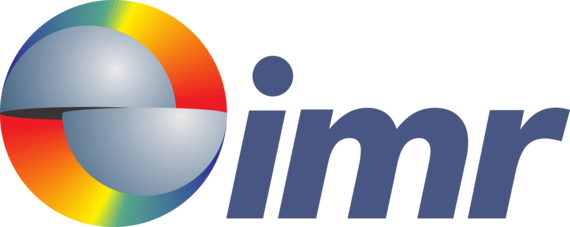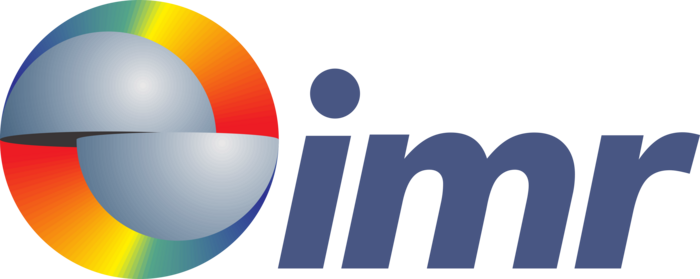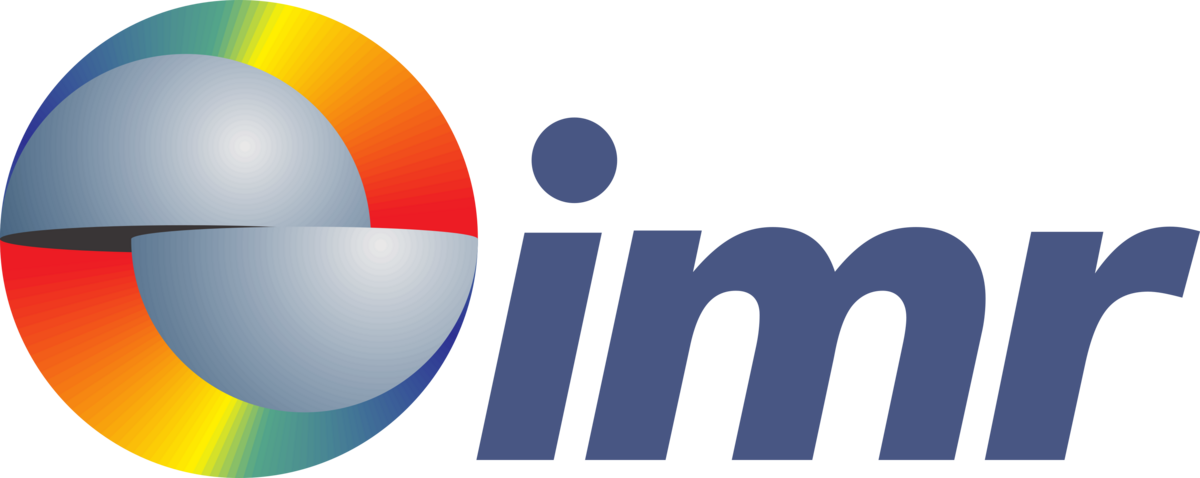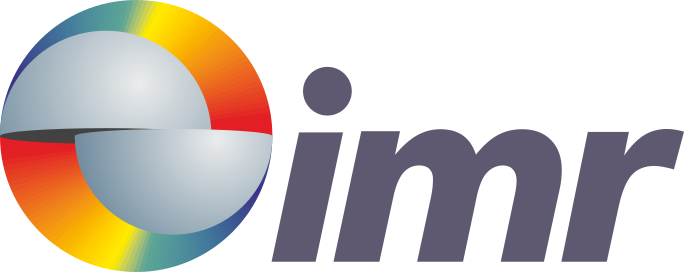History of IMR
-
1962: Foundation of the Institute for Measurement Technology in Mechanical Engineering (in the Ws)
Employment of Prof. Dr.-Ing. habil. Mintrope
- Location: Institute for Cutting Machine Tools and Forming Technology (Prof. Bühler)
Rooms:
- 1 room as an office
- Allocation of the fine measuring room available there
-
1963: Relocation to Wilhelm-Busch-Straße
Structure of the teaching for production metrology Staff:
- Secretary (Edda Francksen)
- Chief Engineer (Dr.-Ing.Harald Seidenberg)
Rooms:
- 2 rooms as an office
-
1965: Move to the parking garage
Basic equipment:
- professor
- secretary
- Chief engineer
- 2 assistants
- Technician (workshop)
- Worker (workshop)
First occupation of the institute:
- secretary: Karin Othmer
- Chief engineer: Dr.-Ing. Harald Seidenberg, since 01.08.1967: Dr.-Ing. Walter Ecker, lazer: Apl. Professor, university lecturer, C3 Professor
- Scientific assistants: Dipl.-Ing. Wilhelm von der Heide, Dipl.-Ing. Harald Halbig
- DFG-Jobs: Dipl.-Ing. Klaus Röhrentrop (Beginning of acoustics)
- Auxiliary assistants: Dirk Rotthaus, Hermann Lücke
-
1969: Expansion of 2 air-conditioned precision measuring rooms in the basement
Start of research in the fields:
- Grooved pins (Dipl.-Ing. Wilhelm von der Heide)
- Surface metrology (Dipl.-Ing. Harald Halbig)
- Acoustics, process monitoring (Dr.-Ing. Walter Ecker)
- Heat transfer between surfaces (Dipl.-Ing. Helmut Bley)
- Cone measurement (Dipl.-Ing. Hermann Lücke)
- Length measuring probe (Dipl.-Ing. Peter Schmehmann)
- Tactile diamonds, surface measurement (Dipl.-Ing. Horst Bodschwinna)
- Optical surface measurement (Dipl.-Ing. Ulrich-Wilhelm Schulze)
- Measuring of pipes (Dipl.-Ing. Helmut Brandt)
Structure:
- Sound, vibration and electrical measurement technology (Dipl.-Ing. Dirk Rotthaus)
- Holography(Dipl.-Phys. Horst Kreitlow, Zusammenarbeit mit Prof. Welling)
(Conversion of the approved gauge block interferometer into holographic equipment)
-
1975: Employment Prof. Dr.-Ing. F. Hock als Institutsleiter
Establishment of the working groups:
- Optics / Signal Processing (Dr. -Ing. H. Kreitlow)
- Production metrology (Dr. -Ing. H. Bodschwinna)
- Sound and vibration measurement technology (Prof. Dr.-Ing.W. Ecker)
-
1992: Takeover of the institute management by Prof. Dr.-Ing. habil. Alarm clock
-
1996: Employment of Prof. Dr.-Ing. E. Reithmeier as leader
History of the Institute's Logo



The Institute for Measurement and Automatic Control is often asked about the meaning behind its logo and its origin story. The logo was created following an internal competition at the IMR and the appointment of Prof. Dr.-Ing. E. Reithmeier as the head of the institute in 1996. It is designed to reflect the following:
The spectra represent the optics at the institute, their progressions stand for feed forward and feed backward in control engineering. Furthermore, the hemispheres represent 3D measurement technology. Their structure signifies surface measurement technology. The horizontal division of the sphere is the path into which feed forward and feed backward converge.
History of the Parking Garage



The former institute building of the Institute of Measurement and Automatic Control, located in the North City of Hanover with an idyllic view of the Georgengarten, has a long history:
-
1874
The farmland in the Feldmark Herrenhausen, which will be owned by Wilhelmine Möhle for 7,500 Thaler Courrant, is three quarters of acres in size. Across from the orchard in the Herrenhausen Gardens, a building with turrets, terraces and large halls is being built under the architect Ludolf and Heussner. A restaurant is located here and concerts are held. Due to its location, the building is listed as "Restaurant Parkhaus" in the Herrenhausen address book.
-
1880
The innkeeper Wilhelm Graeve buys the parking garage. Like Tivoli, Bella-Vista and Odeon, it is one of the coveted dance halls in Hanover: This is the time of coffee house concerts, stiff hats and ladies' parties. The parking garage is particularly popular with the soldiers stationed in the area; they take their girls here in the evenings.
-
1891
1891 The parking garage is expanded under the banker Moritz Simon. The banker includes it in the area between Nienburger Strasse, Herrenhäuser Kirchweg and Alleestrasse. Above all, the restaurant is being enlarged. The building contractor and architect Max Küster is carrying out this new building.
A map of the city of Hanover from 1896 shows the parking garage at the sharp intersection of Appel- and Nienburger Strasse. A stone tablet at the entrance of the building states that the architect was Max Richter, but dates it to the years 1894/95.
-
1905
Who bought the house after Simon's death can no longer be fathomed from the documents in the city archives.
-
1914
The Linden brewery buys the building. It is still used as a dance hall and concert hall. Saxophones "whimpered" in the so-called Golden Twenties, as the Hannoversche Anzeiger wrote in 1926, the garden and terraces were always well attended.
-
1943
Bomb hits in July destroy the great hall and other parts of the building. The city administration confiscates the parking garage. Only the kitchen area remains and is used as an air raid shelter.
-
1957
1957 The Oppermanns are the new tenants. The next few years of the parking garage were shaped by bowlers from various Hanoverian clubs.
-
1965
With the end of the last lease, a new chapter in the history of the parking garage begins: the Hanover University of Technology takes over the building. Instead of a hall and restaurant, there are now lecture halls and small offices. Instead of music, dance and good cuisine, now teaching and research.
The side wing of the building on Appelstrasse is rented by the university (at that time still a technical college) for the chairs and institutes of electrical systems and control technology, ship machines and measurement technology in mechanical engineering.
-
1966 (January)
The management is discontinued (from the article: Lower Saxony wants to buy the "multi-storey car park", Hannoversche Presse, June 14, 1966).
-
1966 (October)
The municipal lager brewery (Gilde Brewery) sells the parking garage to the state of Lower Saxony.
-
Today
In addition to the institutes for energy supply and high-voltage technology, geobotany, landscape management and nature conservation, the institute for measurement and control technology has moved into the parking garage.


